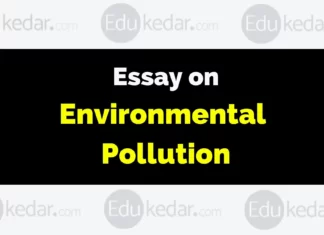Essay on Environmental Pollution
Here we have shared the Essay on Environmental Pollution in detail so you can use it in your exam or assignment of 150, 250,...
Essay on Swachh Bharat Abhiyan
Here we have shared the Essay on Swachh Bharat Abhiyan in detail so you can use it in your exam or assignment of 150,...
What is Integrated Marketing Communication?
Integrated Marketing Communication (IMC) is a strategic approach to marketing that involves integrating various communication channels and tools to deliver a consistent and compelling...
What is Financial Management?
Financial Management is essential for any organization or individual seeking financial success. Here we have discussed what is financial management and its importance.
It requires...
What is Professional Ethics?
Professional ethics play a crucial role in ensuring that professionals maintain the highest standards of conduct and provide quality services to their clients or...
What is Industrial Psychology?
Industrial psychology plays an important role in the workplace and has several benefits for both employees and organizations. Here we have discussed what is...
Importance of Corporate Governance
Corporate governance is the system of rules, practices, and processes by which a company is directed and controlled. Here we have discussed the importance...
Inferior Goods
Inferior Goods are the types of those goods for which demand decreases as income increases and vice versa. Here we have discussed what are...
Scope of Financial Management
The scope of financial management includes various functions and activities, which are aimed at maximizing the value of the organization by managing its finances...
What is Production Management?
Production Management is a dynamic and complex field that requires a range of skills and knowledge. It is an essential function of any manufacturing...











